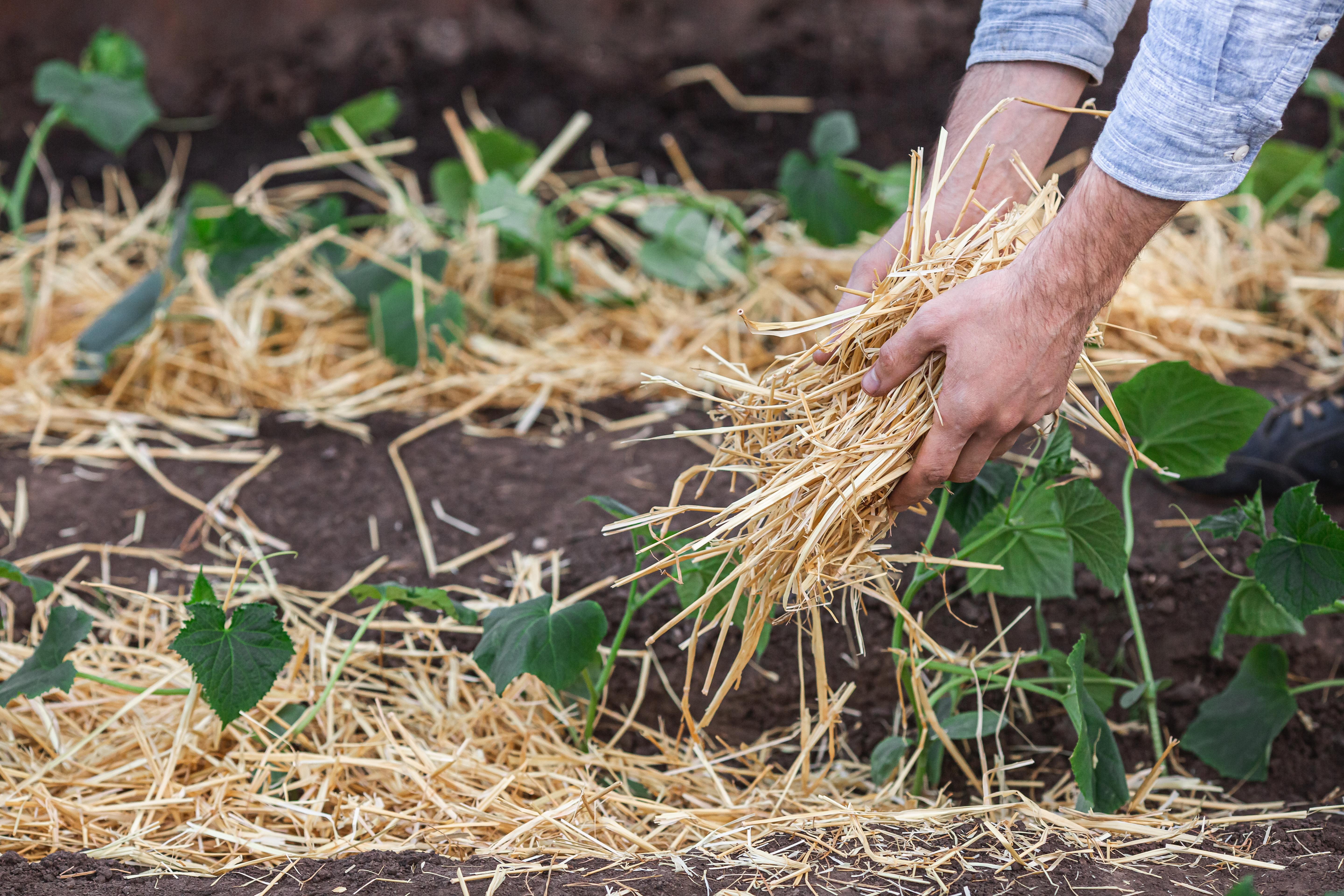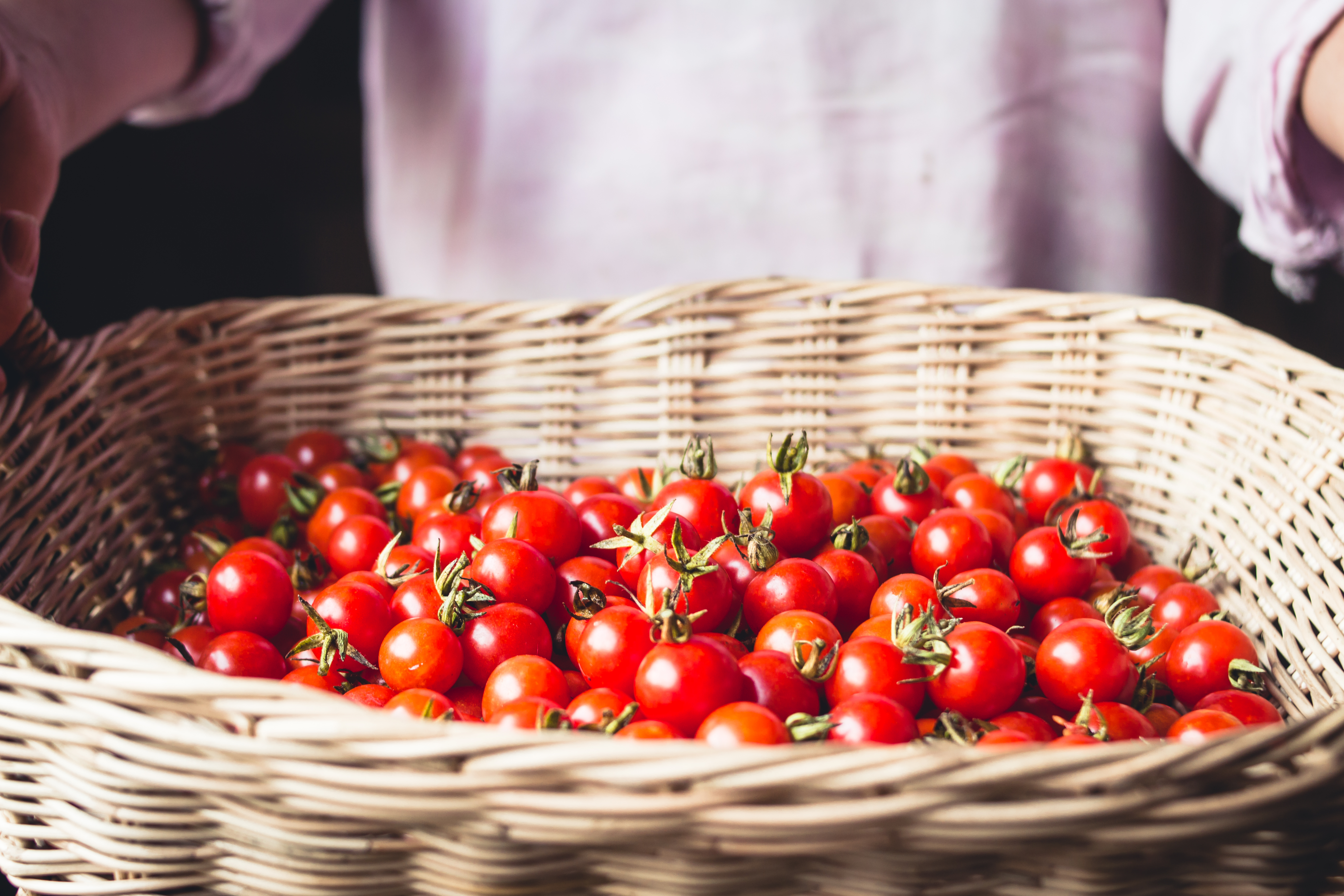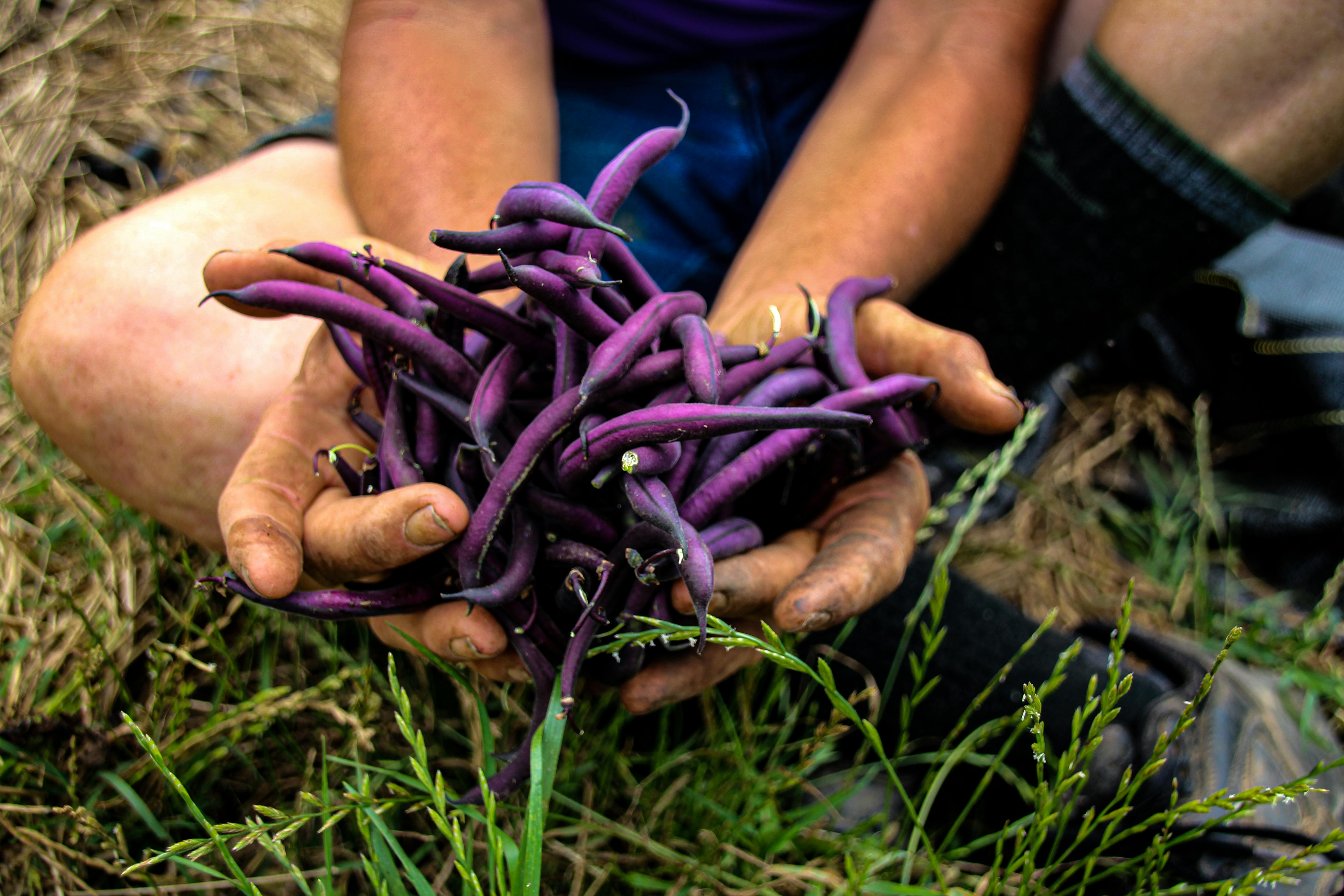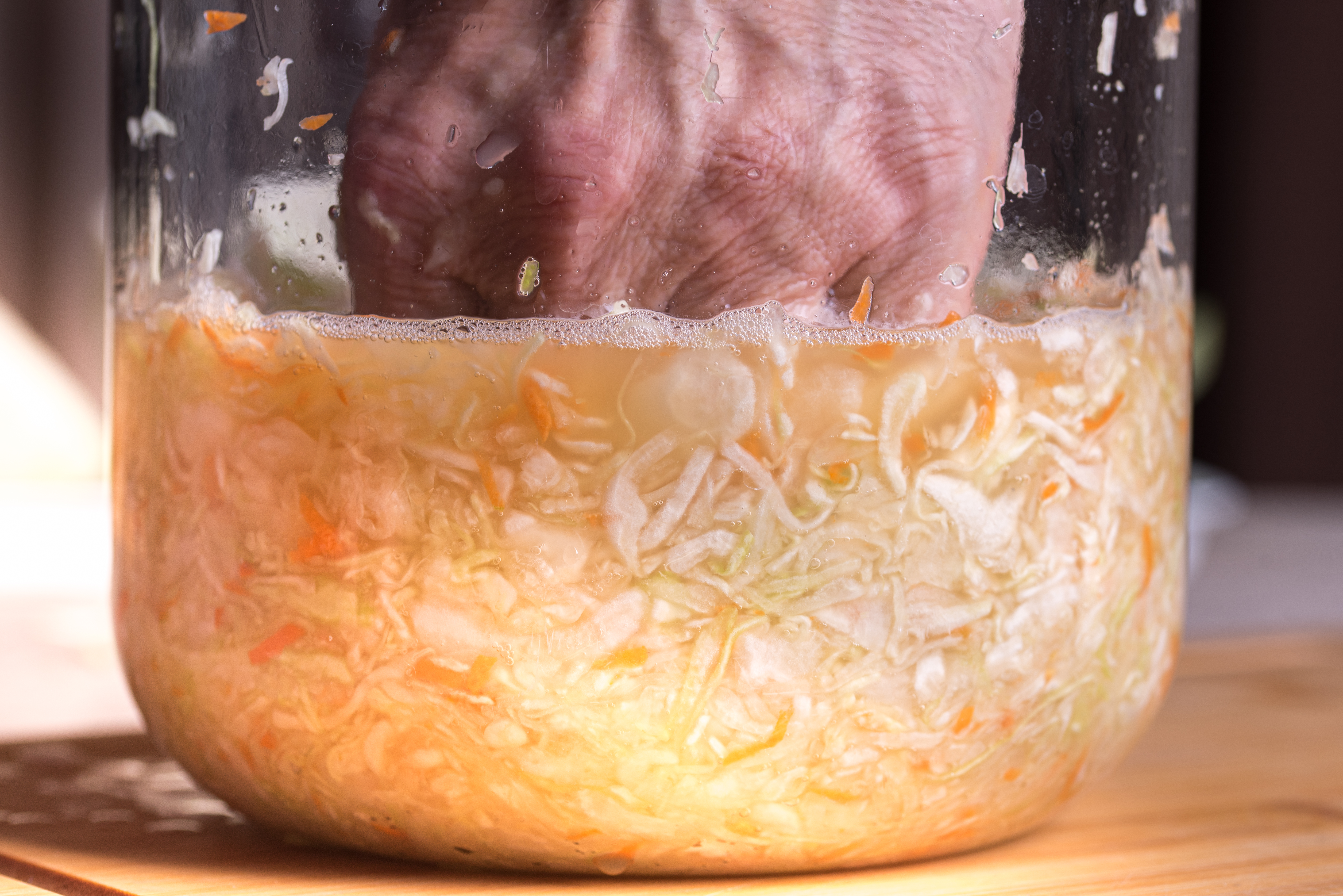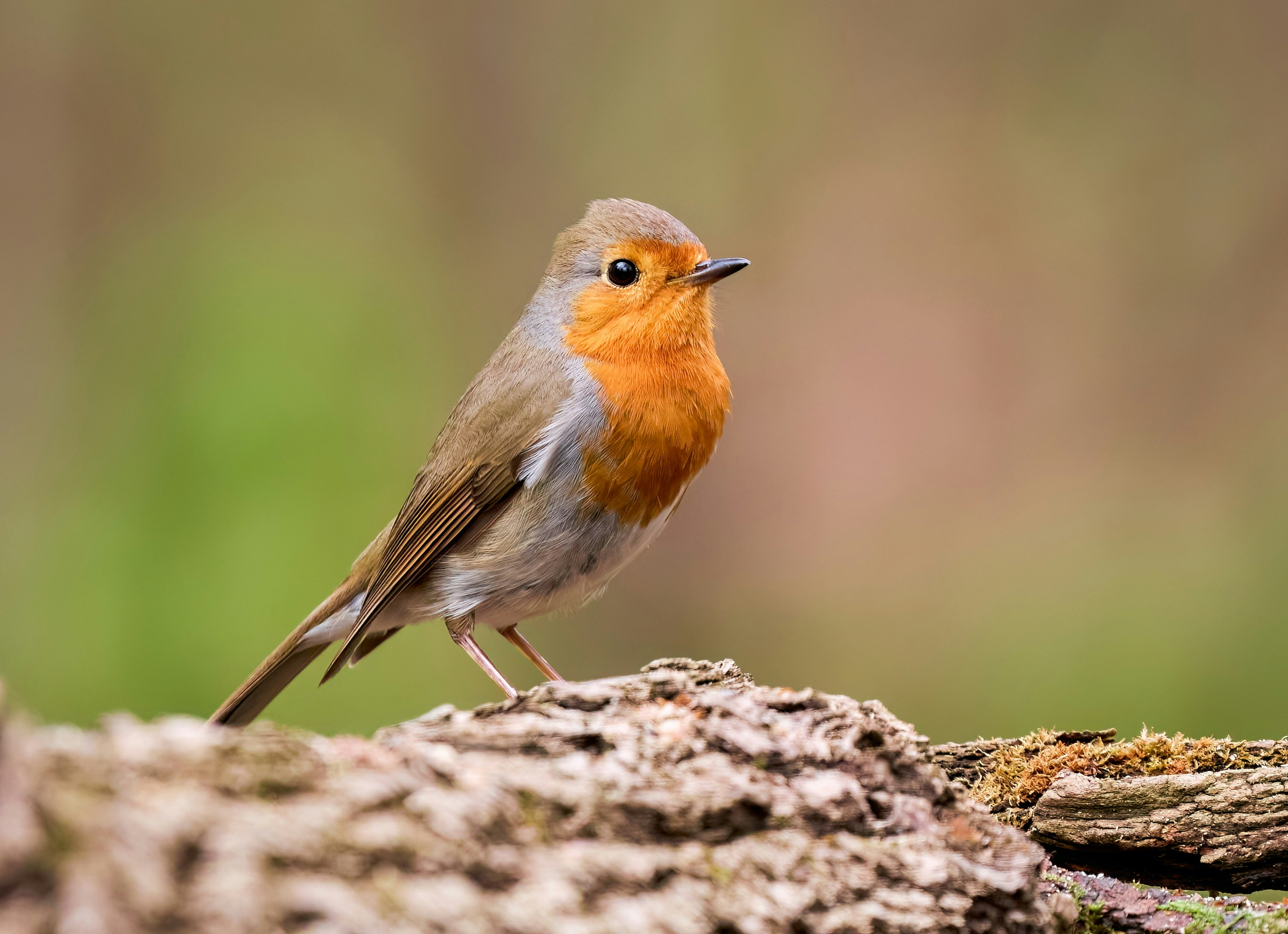Gardening is not just about following a set of guidelines, it’s much more than that. It’s about observing, listening, and building relationships with those we’re working alongside: the plants, the soil, the weather. This post will be a little different than usual. Let me take you with me as I reflect on a quiet but significant shift, my garden’s turning point. ‘‘Nuchter’’ I grew up in a small village in the Netherlands, where we have a particular word to describe our outlook on life: ‘’nuchter’’....



